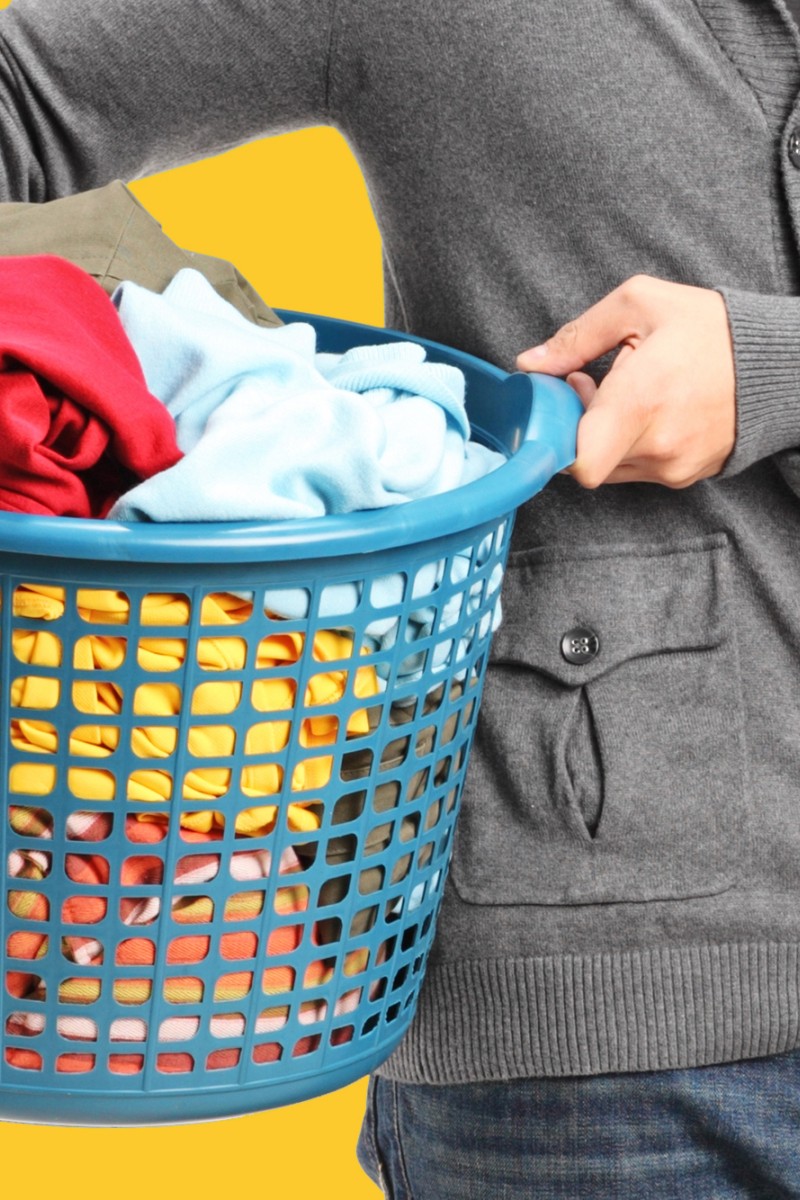
Adulting 101: How to do laundry like a pro - because mum can't do it forever
- Your mum or helper might take care of your clothes now, but if you’re off to uni or school somewhere else, you need to know how to do it
- To avoid laundry mishaps, follow these guidelines for the perfect, clean load of clothes

At some point in your life, you will have to start doing your own laundry. Whether that's in university, when you head off to boarding school, or when you get your first job and move out on your own, it's an inevitability. To avoid laundry mishaps (like turning your white clothes pink due to an accidental red sock, or shrinking your favourite sweater), follow these guidelines for the perfect, clean load of clothes.
How to properly clean your gym clothes
1. Have a designated laundry bag or basket to put your dirty clothes in, because you’re not going to be doing a load of laundry every day, and keeping them in a pile on the floor is just gross – it will get smelly!
2. When you’re ready to do a load, tip the contents of the basket onto the floor or another convenient flat surface.
3. Decide what kind of wash you need to do. There are two things to consider: colour, and the temperature needed to wash.
Separate your pile into white, light and dark. “Light” can be anything pale in colour, but not pure white. If you don’t separate, the colours from darker clothes can stain your lighter coloured stuff.
If you have the space for it, a basket with pre-separated sections would be useful.
Towels, bedding, sports clothes and underwear – stuff that’s likely to be “soiled” – is one sort of load, and is best washed warm (40C) or even hot (60C or more).
Everything else, white, light or dark, can be washed (separately) at 30C. Using a liquid detergent is even better than powder, which sometimes needs warm water to work.
You need to be careful with delicates – thin fabric, or stuff like silk, wool and linen. Some of those fabrics can’t go in the washing machine, so read the label inside. If they can, wash them with other delicates of similar colours, on cold (30C). Also be aware that clothes with metal decorations, or transfers should be washed inside-out, and on cold.
Explaining the misunderstood elements on your clothes
4. Go through each item of clothing and turn the pockets inside out. You might think this is silly but it will make sure you don’t accidentally wash your pocket money, notes from your last lecture, or phone (true story). It also ensures that you catch anything like tissues which can leave a nasty way of breaking apart and leaving fibres over everything, or pens, which will leak. The purpose of washing is to get stuff clean, not make it worse.
5. Fasten any zips, hooks and eyes, or studs before you throw clothes in the machine. This helps the garment keep its shape, but more importantly, it prevents loose hooks from clawing holes in your other clothes.
6. Throw everything into the washing machine. If it’s more than two-thirds full, take some stuff out, otherwise it won’t be clean. We mentioned detergent – liquid is easier and more likely to clean at lower temperatures. The label on the bottle will tell you how much to use, but it’s usually a capful or less per load.
In a front-loading machine (with a door on the front), it goes in the drawer. In a top-loading machine (where you open the top), it usually goes in a compartment on the inside of the lid. In both cases, it’s the compartment with a “II” symbol.
The NGO that wants you to restyle your old clothes into new looks
7. When the washing is finished, it needs to be dried. If you don’t have a dryer, hang everything up on the drying rack except knitted items, which you should lay flat so they don't lose their shape. If you have a dryer, you still need to remove anything delicate, woollen, or denim, as these may tear or shrink in the heat of the dryer.
This handy chart shows you different symbols you may find on your clothes, and what they mean in terms of how to wash them. You could even save it and print it out so you have it handy!